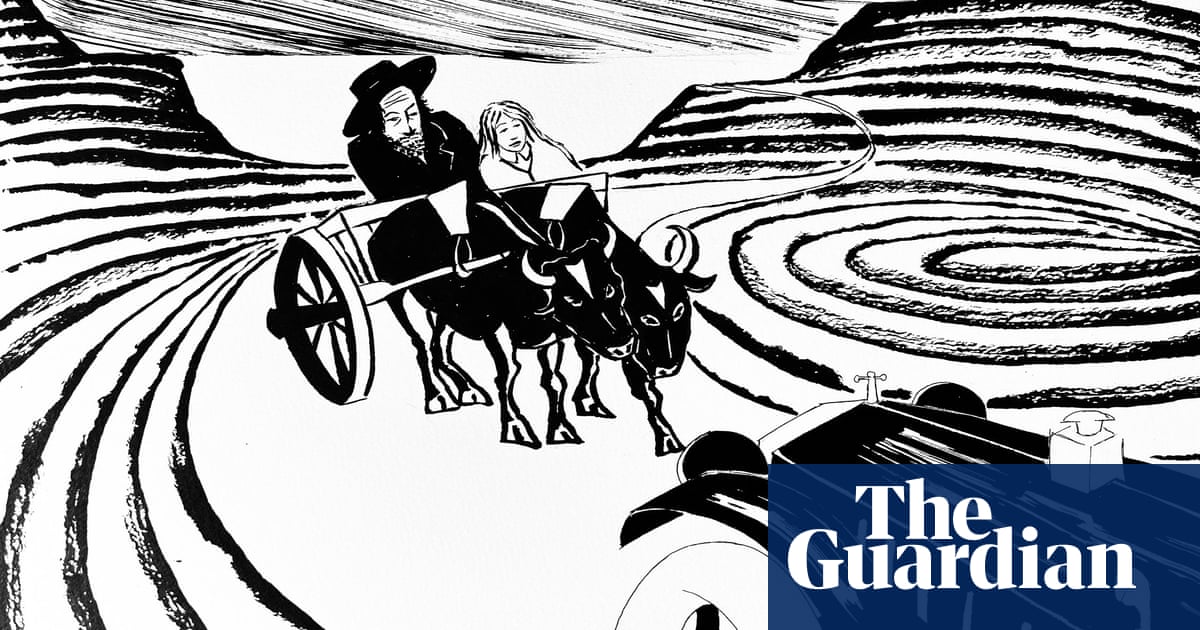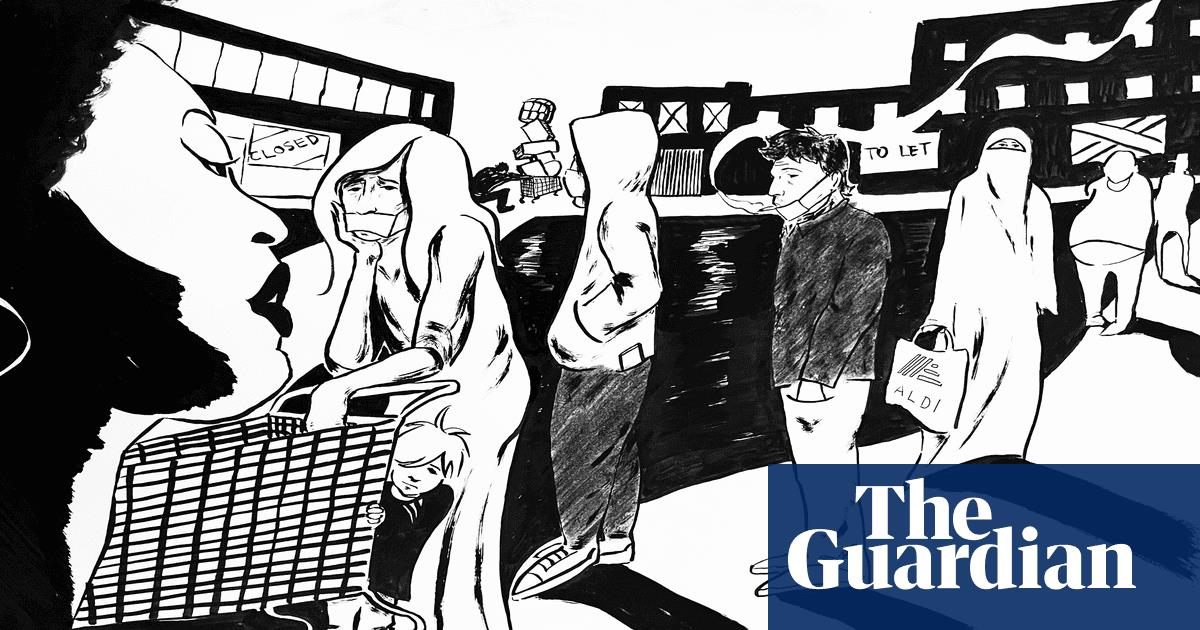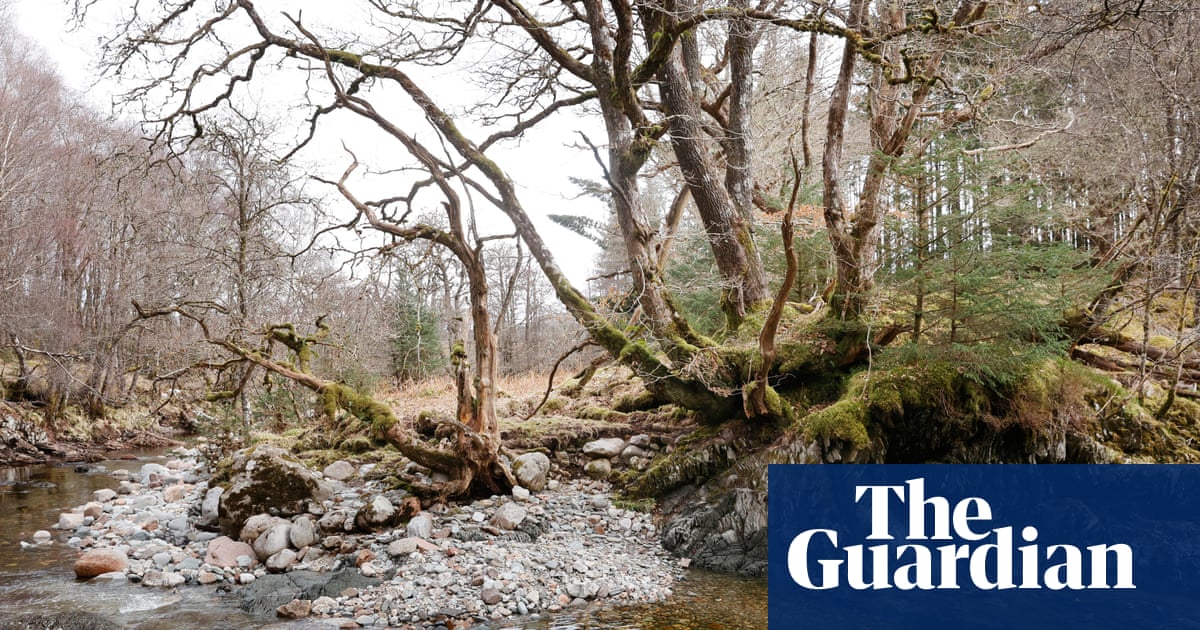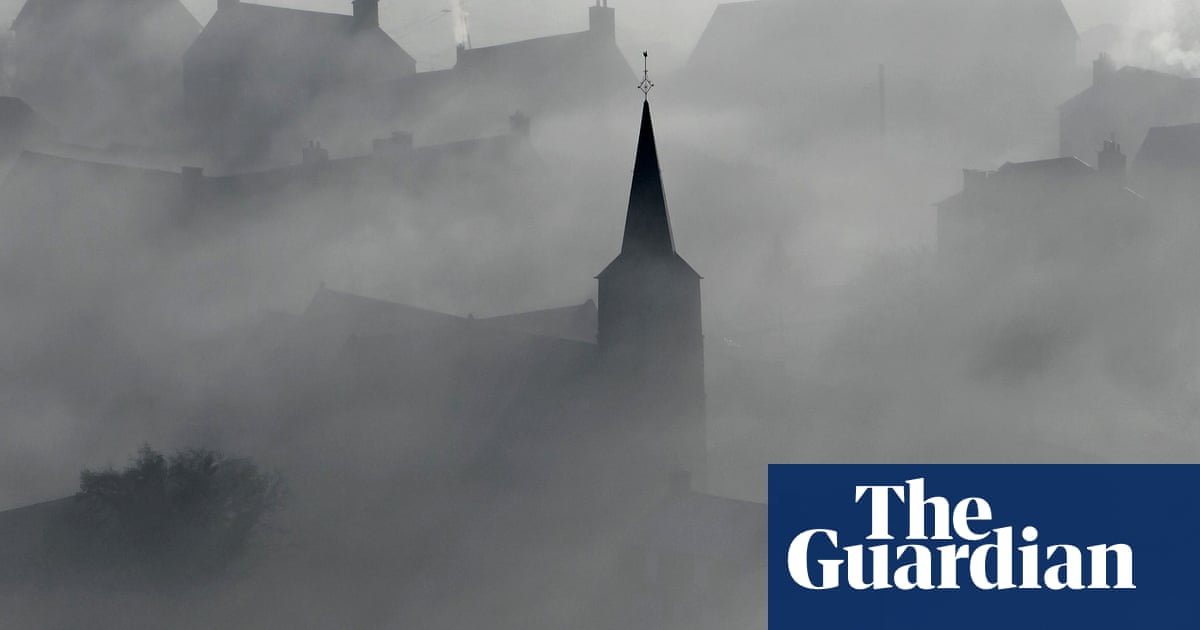
The Meeting
The ox-team and the automobile
Stood face to face on the long red road.
The long red road was narrow
At the turn of the hill,
And below was the sun-dancing river
Afoam over the rocks.
The mild-mannered beasts stood par, chewing their cud.
The stubble-bearded man from the mountains,
Rustier than his wagon,
Unmoving eyed the proud chauffeur.
The little ragged girl,
With sun-bleached hair,
Sitting on a hard, yellow-powdery bag,
Looked across at the smart motor hats of the ladies,
And their chiffon scarfs
That the light breeze fingered.
The proud chauffeur blew his horn,
But nothing moved –
Except the foaming, sun-dancing river down below.
Then he jerked his head,
And turned the wheel,
And slowly, carefully,
The automobile moved back over the long red road.
And the mild-mannered beasts lifted their feet,
And the stubble-bearded man flipped his rein,
And the ragged little girl looked ahead up the hill,
And the ox-team lumbered and limped over the long red road.
Harriet Monroe, (1860-1936) brought a keen sense of “the new” to the poetry she published in her distinguished Chicago-based journal, Poetry. After some early ventures into rhyme and romanticism, she demonstrated a similar modernity in her own work, both in technique and choice of material. In this week’s poem she records a confrontation between tradition and the mechanised future: a wagon and a team of oxen faced by an “automobile” coming in the opposite direction on a narrow strip of road. Such an event might be imagined but the narrative keeps its hooves, or wheels, on the ground: it reads like a lucky gift from ordinary life.
As in a folktale or parable, the speaker uses repetition and accumulation for emphasis, beautifully adapting the style to free-verse lineation. In the first section, the phrase “the long red road” ends the second line and begins the third: it will later reappear twice, as if the road were the most durable element in the story. An insouciant, “sun-dancing river” concludes two sections of the poem. It completes a scene in which time itself seems to be divided, the strands overlapping at different levels.
Both stasis and flux coexist in the poem, but it’s stasis that dominates the middle section. The narrator may be contemplating the standoff with a certain restrained amusement. She draws a vivid but not overexaggerated contrast between “the stubble-bearded man from the mountains, / rustier than his wagon” and the “proud chauffeur” of the car, not only as to appearance but in the small details of their and their passengers’ behaviour. While the drover “eyed” the chauffeur, the latter was almost impassive: he said nothing, merely, and ineffectually, “blew his horn”. “The little ragged girl” whose hair was “sun-bleached” from her working life in the open air, acknowledged the presence of the ladies in the car by looking across at them, and they, like the car driver, were unresponsive, only their chiffon scarves moving slightly in the breeze. It’s a brilliant study in social class division, a purely visual one; no judgment has had to be made.
That dominant connective image, “the long red road”, is worth examining further. Monroe doesn’t name places, but she shows us a little of the geography of her location. It seems that the road leads down from the mountains and that the landscape it traverses in the poem remains hilly. It’s a road that moves with the landscape: it sometimes makes a sharp turning, and alters in width. It’s not, presumably, a new, tarmac-surfaced, automobile-ready road.
The colour is particularly striking. Rough and stony, the road may be red because of the iron content of the earth it was raised from. And red has other connotations. A Marxist glow, the suggestion of a new red dawn, might flicker over the image. If this is a drover’s road, redness might also suggest the blood of the draft cattle and their future as meat as they plod towards butchery and market.
The drover and the cattle still have the time-honoured right of way. When the chauffeur consents to back the car, he signals with a jerk of his head, proud, perhaps, even in acquiescence. The practical and courteous solution doesn’t represent a victory of tradition over sophistication, agrarianism over technology. The truce it signals is merely temporary, but, of course, it represents a very satisfying turn for us, as readers of the story.
In the closing verse, Monroe repeats the epithet-noun pairings she chose earlier: “mild-mannered beasts”, “stubble-bearded man”. So it might seem that things go on as before. Only the observation that the oxen “limped” as they “lumbered” over the long red road seems placed to remind us of the difficulty of their journey from the mountains and to suggest the physical disadvantages of traditional working lives in comparison with the swift ease-of-travel enjoyed by the wealthy and leisured.
Monroe’s skilfully shaped narrative and sharp characterisation result in a distinctive poem. It’s modern but draws on traditional narrative technique. It resists nostalgia for “the old ways” but perhaps doesn’t overvalue progress, either. It may, incidentally, remind readers of Elizabeth Bishop’s most famous poem, The Moose. Bishop, as her letters tell us, recorded an actual encounter. But it’s worth asking if The Meeting had any small role in the creation of that later, landmark poem. Either way, Monroe’s narrative also deserves close attention.












